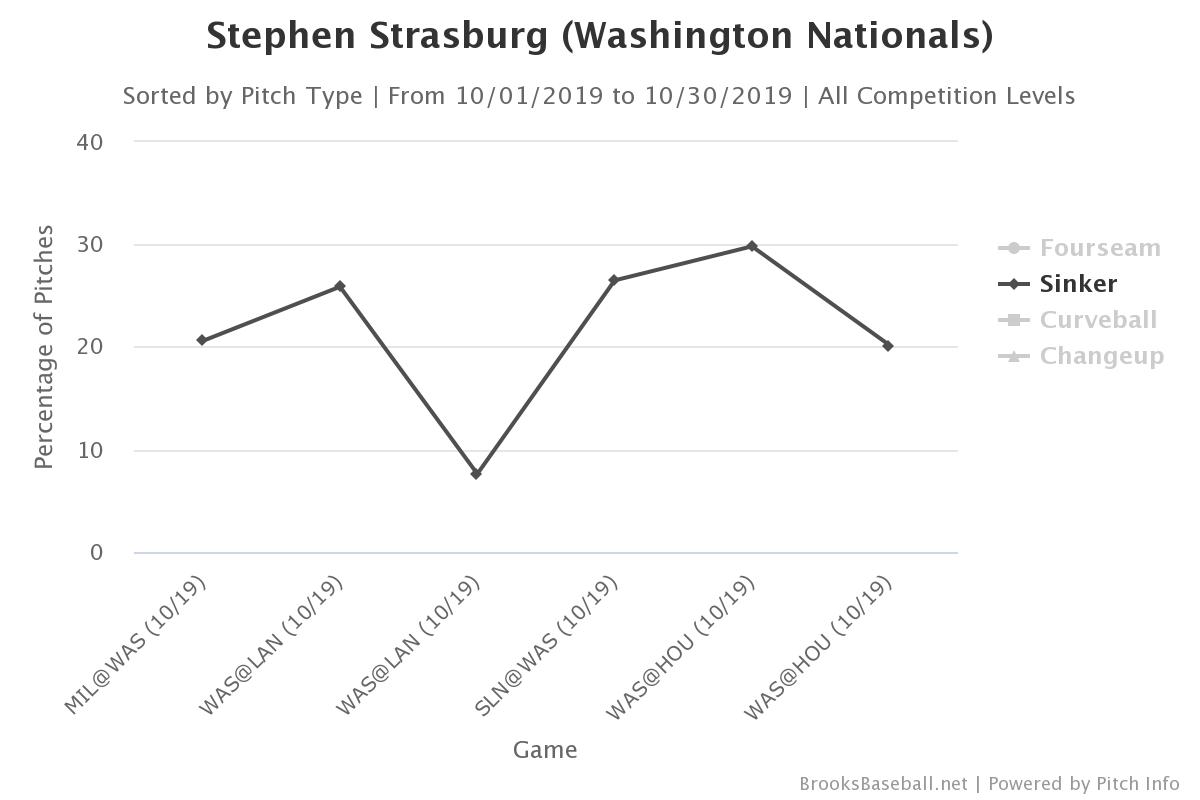Effectively Wild Episode 1451: A World Series Worth Waiting For

Ben Lindbergh and Meg Rowley banter about the Nationals’ well-earned World Series victory, the Nationals players they’re happiest for, the a strange, all-road-wins series, the brilliance of Zack Greinke, the decisions of A.J. Hinch (including a bad bunt, pulling Greinke, using Will Harris, and not using Gerrit Cole), Max Scherzer’s high-wire act, the futures of the Nationals and Astros, the free agencies of Cole, Stephen Strasburg, and Anthony Rendon, Scott Boras owning the offseason, which franchise without a championship will be the next to break through, and which team deserves to be named the team of the decade, then close by discussing bat-carrying, playing loud, and an upcoming brief break for Ben.
Audio intro: The Kinks, "Salvation Road"
Audio outro: Lou Reed, "Halloween Parade"
Link to Ben on the future of the Astros
Link to Ben on playing loud
Link to Ben on the World Series free-agent trio
Link to Ben on World Series rosters sticking together
Link to order The MVP Machine
![]() iTunes Feed (Please rate and review us!)
iTunes Feed (Please rate and review us!)
![]() Sponsor Us on Patreon
Sponsor Us on Patreon
![]() Facebook Group
Facebook Group
![]() Effectively Wild Wiki
Effectively Wild Wiki
![]() Twitter Account
Twitter Account
![]() Get Our Merch!
Get Our Merch!
![]() Email Us: podcast@fangraphs.com
Email Us: podcast@fangraphs.com
Podcast (effectively-wild): Play in new window | Download
Subscribe: RSS

 David Laurila
David Laurila Dan Szymborski
Dan Szymborski